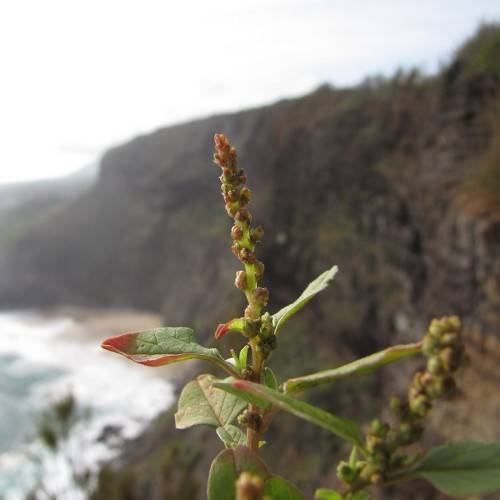
Tropical Green Amaranth
Amaranthus viridis
Watering:
Frequent
Hardiness Zone:
Sun:
full sun,part shade
Fruits:
Fruits Ready In Fall
Edible:
Yes
Leaf:
Yes
Growth Rate:
Low
Drought Tolerant:
Yes
Salt Tolerant:
Yes
Thorny:
Yes
Invasive:
Yes
Care Level:
Medium
watering
Rough Fruit Amaranth plants should be watered at the same time each day, preferably in the mornings. Depending on the time of year, plants may need somewhere between 1 and 2 inches (2-3 cm) of water each week. A good watering system is to water deeply and then only every few days, giving the soil a chance to dry out a bit in the interim. Once the plant is established, water when the top inch (2 cm) of soil feels dry to the touch.
sunlight
Rough Fruit Amaranth requires full to partial sun exposure daily, for at least 6 to 8 hours each day. During the summer months, the best time of day to place the plant in full sun is between 7am and 2pm, when the sun is strongest. For partial shade, since the intensity of the sun will be weaker, providing the plant with 4 to 6 hours of sun is optimal. In the winter months, they can also tolerate less direct sun, but too little can cause the leaves to become purplish and limp.
pruning
Rough Fruit Amaranth (Amaranthus tuberculatus) benefits from occasional pruning, which should ideally be done in early to late spring before the plant begins to flower. Pruning should be kept light, with the aim of keeping the plant bushy and preventing it from becoming leggy. Remove any dead or withered stems and leaves, along with flowering stems that have finished blooming. Also, cut back any unruly, straggly branches or main stems to the desired shape and height. Pruning off any weak or overcrowded sections helps to stimulate new growth and improve air circulation, reducing disease.
